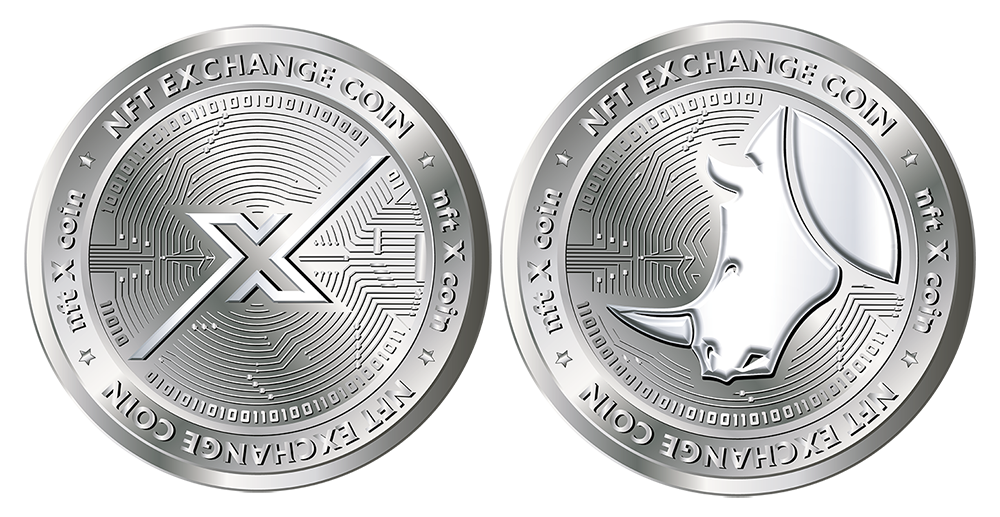Different types of digital assets
Native Coins and Wrapped Coins are terms used in the cryptocurrency space to describe different types of digital assets that serve specific functions on various blockchains. Here’s a breakdown of each:

Native Coins
Definition:
Native coins are the original, primary cryptocurrencies that operate on their own blockchain. They are created as part of the blockchain’s protocol and are used to pay for transactions, participate in staking, and in some cases, governance.
Examples:
- Bitcoin (BTC) on the Bitcoin blockchain.
- Ether (ETH) on the Ethereum blockchain.
- BNB on the Binance Smart Chain (BSC).
Functions:
- Transaction Fees: Used to pay for transaction fees on their respective blockchains (e.g., gas fees on Ethereum).
- Staking: Used in Proof-of-Stake (PoS) blockchains to secure the network.
- Governance: Some native coins allow holders to vote on protocol upgrades and other governance decisions.
Wrapped Coins
Definition:
Wrapped coins (or wrapped tokens) are versions of native cryptocurrencies that have been tokenized and issued on a different blockchain. A wrapped coin represents the value of the original asset on a non-native blockchain, typically for the purpose of enabling cross-chain compatibility and liquidity.
How It Works:
- Tokenization: The native coin is locked in a smart contract, and an equivalent amount of the wrapped version is issued on another blockchain. For example, 1 BTC can be wrapped into 1 WBTC (Wrapped Bitcoin) on the Ethereum blockchain.
- Redeemable: Wrapped coins can be redeemed for their native counterpart at any time. When you redeem a wrapped token, the equivalent native coin is released from the smart contract.
Examples:
- Wrapped Bitcoin (WBTC): A version of Bitcoin that exists on the Ethereum blockchain, allowing Bitcoin holders to use their BTC in Ethereum-based decentralized finance (DeFi) applications.
- Wrapped Ether (WETH): A version of Ether that is ERC-20 compliant, making it easier to use in certain Ethereum-based dApps and smart contracts.
Functions:
- Cross-Chain Interoperability: Wrapped coins allow assets to be used on different blockchains, increasing their utility.
- Liquidity in DeFi: By wrapping assets like Bitcoin, they can be used in decentralized finance (DeFi) platforms on Ethereum, Binance Smart Chain, and other blockchains.
- Trading and Swapping: Wrapped tokens can be traded on decentralized exchanges (DEXs) and used in various DeFi protocols that require specific token standards like ERC-20.
Key Differences
- Blockchain Origin:
- Native Coins: Operate on their own blockchain.
- Wrapped Coins: Operate on a different blockchain than their native form.
- Use Case:
- Native Coins: Primarily used for transactions, staking, and governance on their own blockchain.
- Wrapped Coins: Used to extend the utility of a native coin to other blockchains, particularly for DeFi and cross-chain transactions.
- Redeemability:
- Native Coins: Are inherently part of their blockchain; no need for redemption.
- Wrapped Coins: Can be redeemed back to their native form through the process of unwrapping.
Conclusion
Native coins are tied to their own blockchain and are essential for its operation. Wrapped coins, on the other hand, provide a way to use these native assets on other blockchains, enabling greater flexibility and integration across different blockchain ecosystems.

Leave a Reply